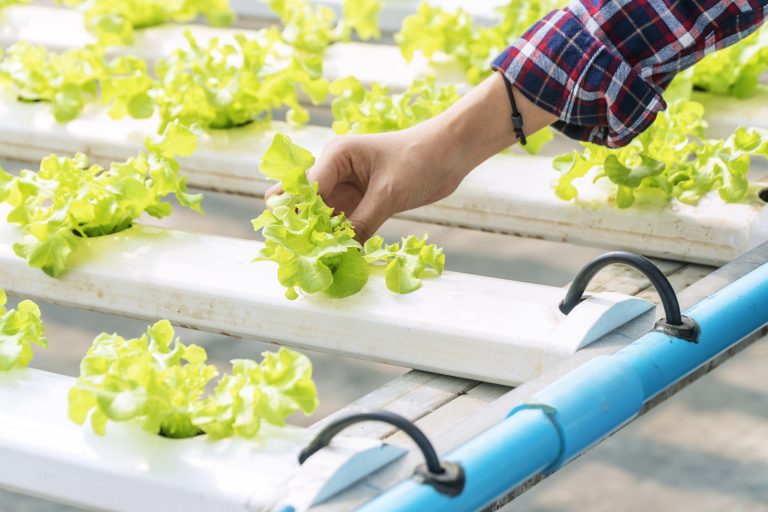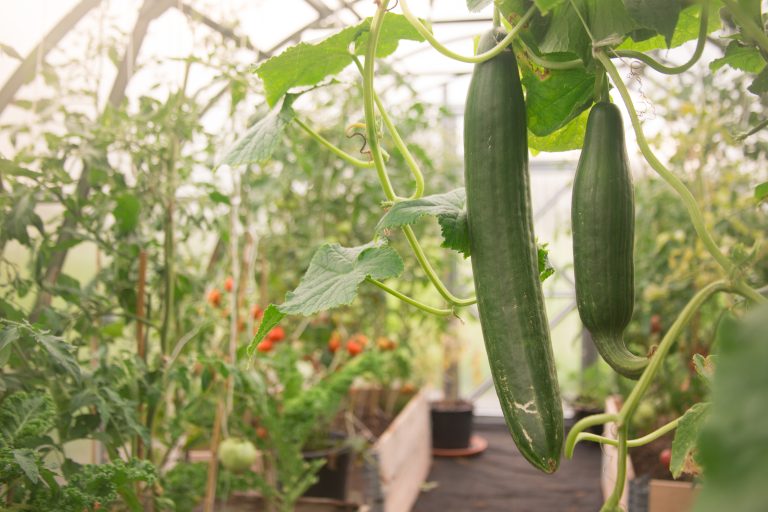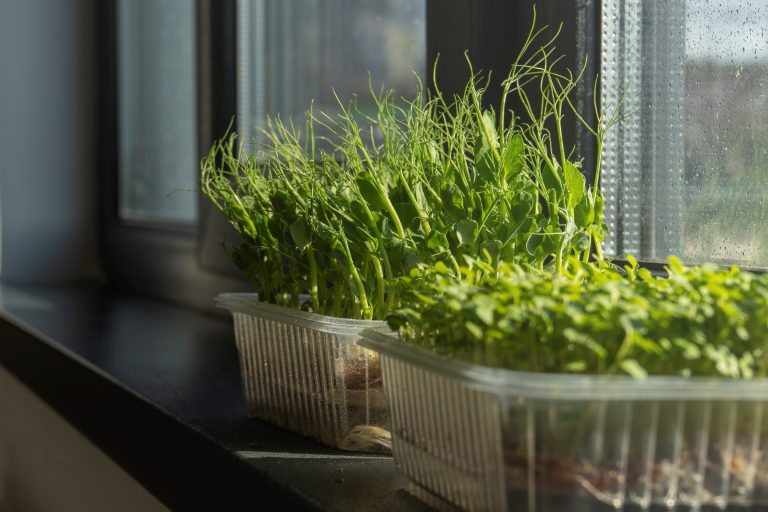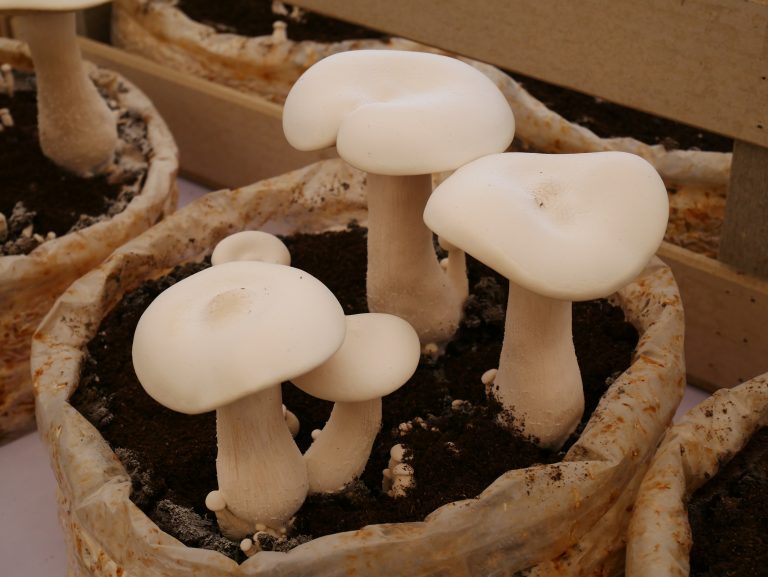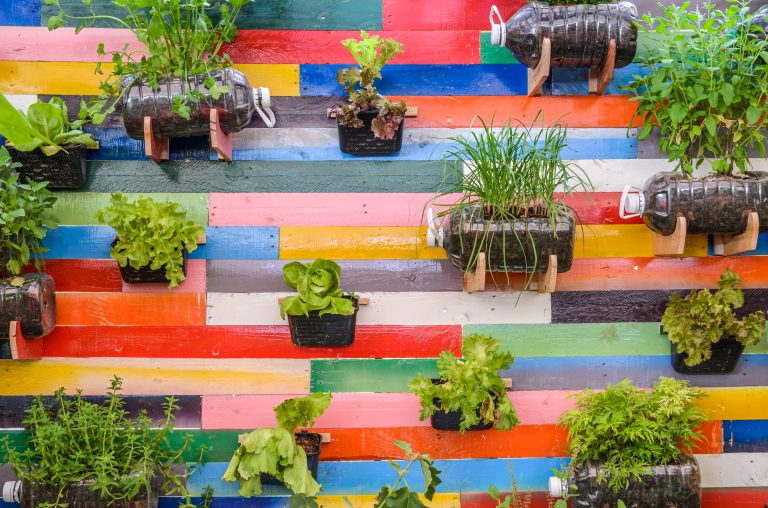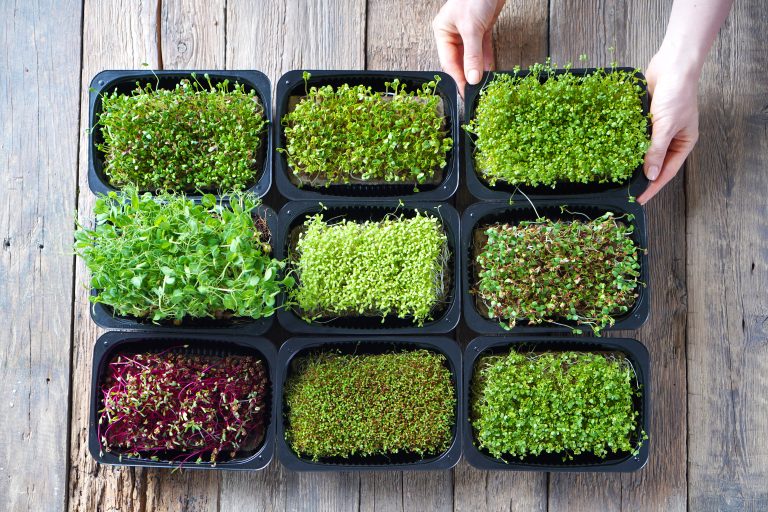5 Superfood Microgreens: The Healthiest Picks!
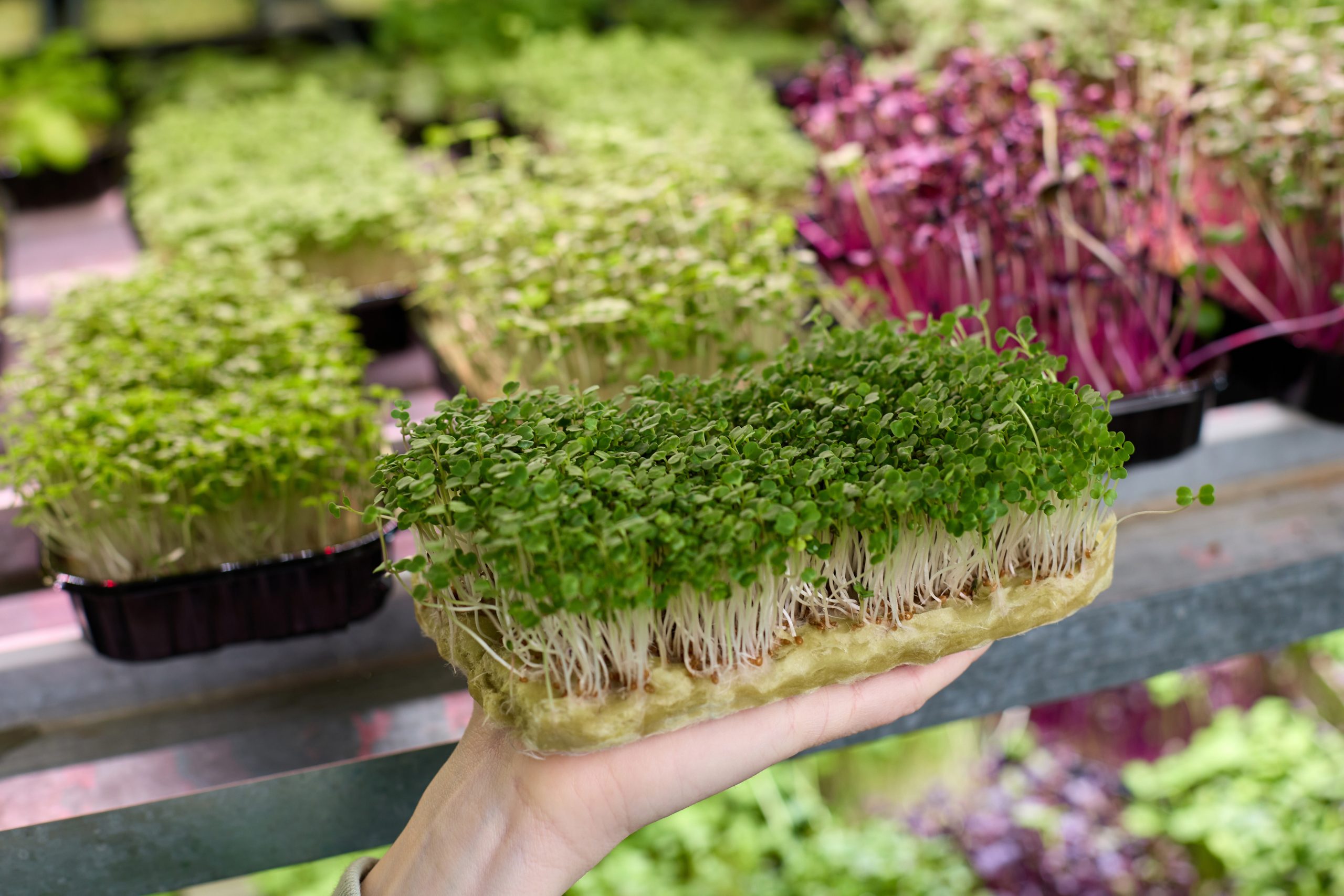
Dive into the world of microgreens, the tiny yet mighty plants that pack a nutritional punch just when you need it. These diminutive greens could be the superheroes of your next salad or smoothie, boasting more nutrients per bite than their mature counterparts.
Microgreens, vegetable and herb seedlings harvested after their first leaves appear, pack a punch in both nutrients and flavor. Grown in various mediums, from soil to hydroponics, they’re ready for harvest in just one to three weeks.
Perfect for urban gardeners and food enthusiasts with limited space, microgreens are not only nutritious but also versatile, adding color and flavor to dishes. No wonder they’re making waves in the culinary world.
1. Broccoli Microgreens Benefits
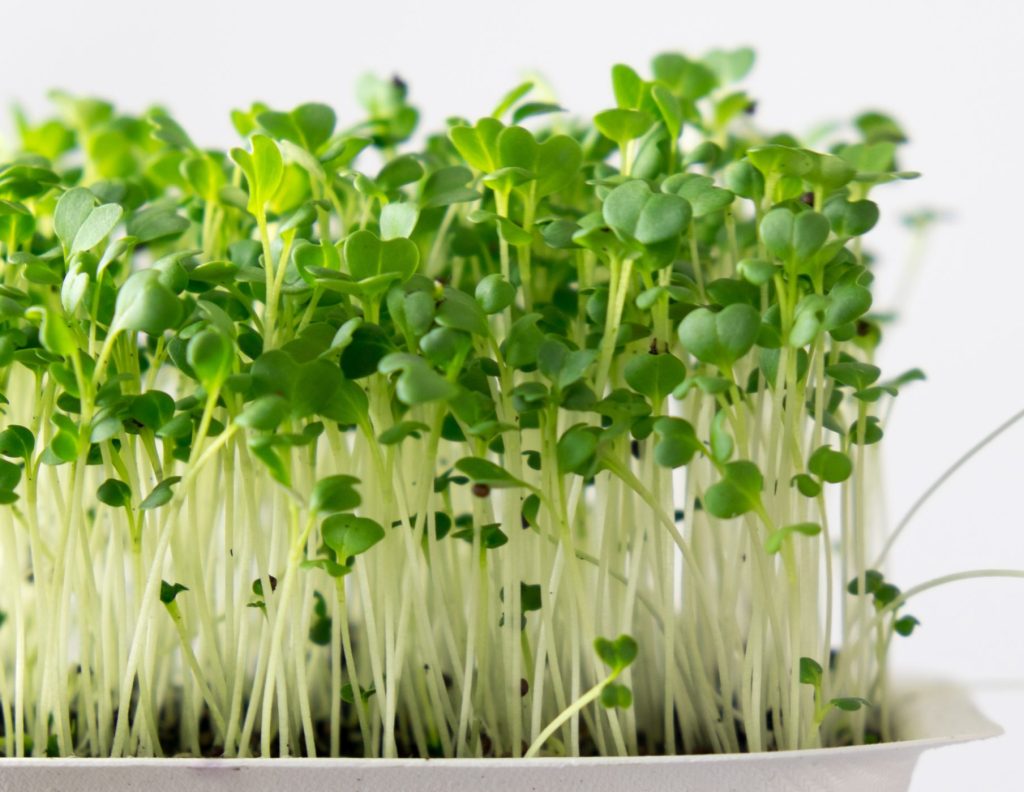
Broccoli microgreens are like the unsung heroes of the superfood world. These tiny greens are a powerhouse of vitamins and minerals, including vitamin C, vitamin E, and sulforaphane, a compound known for its potential to fight cancer. I’ve tossed them into my smoothies for an extra health kick, and let me tell you, it’s a game changer.
Hey hey! Don’t forget to subscribe to get our best content 🙂
What’s remarkable about broccoli microgreens is that they contain more sulforaphane than mature broccoli. That’s a big deal because sulforaphane has been linked to reducing inflammation and protecting against heart disease. It’s like getting the benefits of a whole forest of broccoli in a single tree.
Incorporating broccoli microgreens into your diet is a no-brainer. They have a mild, slightly peppery flavor that works well in just about everything. From sandwiches to omelets, these little guys are versatile and, frankly, pretty amazing.
2. Nutrient-Rich Kale Shoots

Kale microgreens are the tiny titans of the leafy green world. They’re chock-full of vitamins K, C, and A, not to mention a host of antioxidants that are essential for maintaining good health. I’ve switched out lettuce for kale microgreens in my salads and never looked back—it’s that good.
These microgreens are tender, yet they pack a robust flavor that’s more nuanced than their mature counterparts. It’s like the difference between a good cup of coffee and a cup that knocks your socks off. They add not only a nutritional boost but also a culinary zest to dishes.
Kale shoots are incredibly versatile. You can use them fresh in salads, blend them into smoothies, or gently wilt them as a garnish on soups and stews. They’re a small change that can make a big difference in your diet.
3. Health Perks of Pea Tendrils
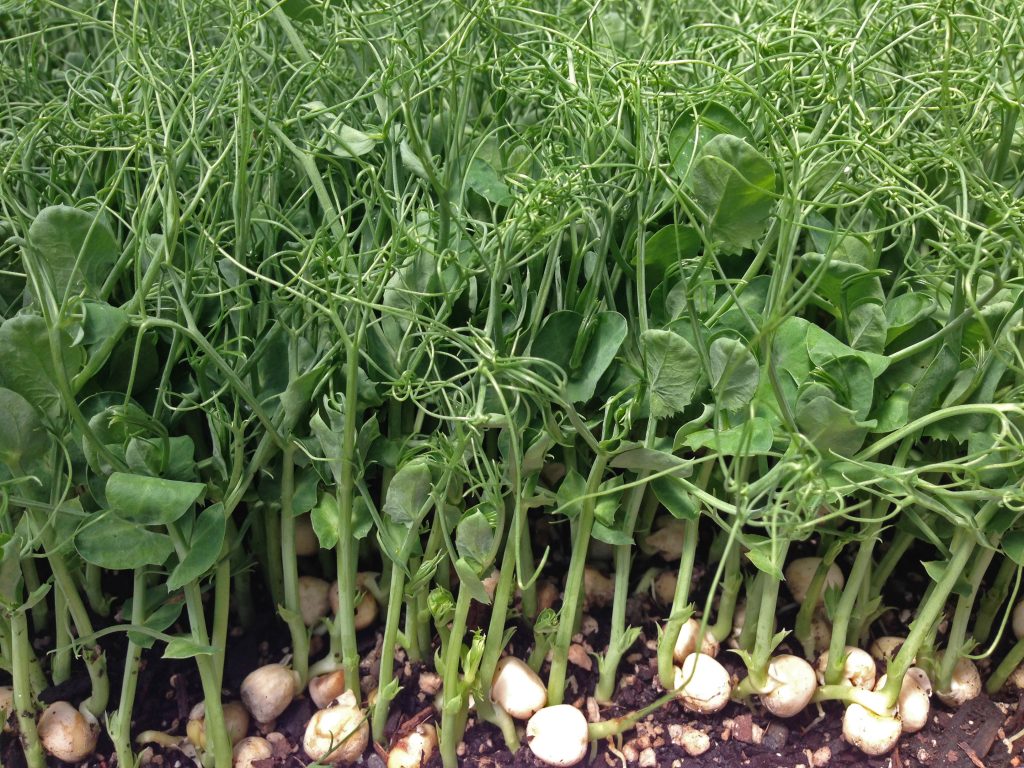
Pea tendrils, the young shoots of the pea plant, are a sweet and crunchy addition to the superfood microgreen family. They boast high levels of vitamins A, C, and folate, which are key for vision, immune function, and cell growth. I’ve snacked on them straight from the tray, and they’re just delightful.
These microgreens are more than just a pretty face; they’re a nutritional dynamo. They support bone health thanks to their vitamin K content and are a great source of plant-based protein. It’s like having your cake and eating it too, only much healthier.
Pea tendrils have a delicate pea flavor that pairs well with a variety of dishes. Toss them into a stir-fry, add them to a wrap, or simply enjoy them as a refreshing salad. Their versatility is part of their charm.
4. Potent Radish Microgreens
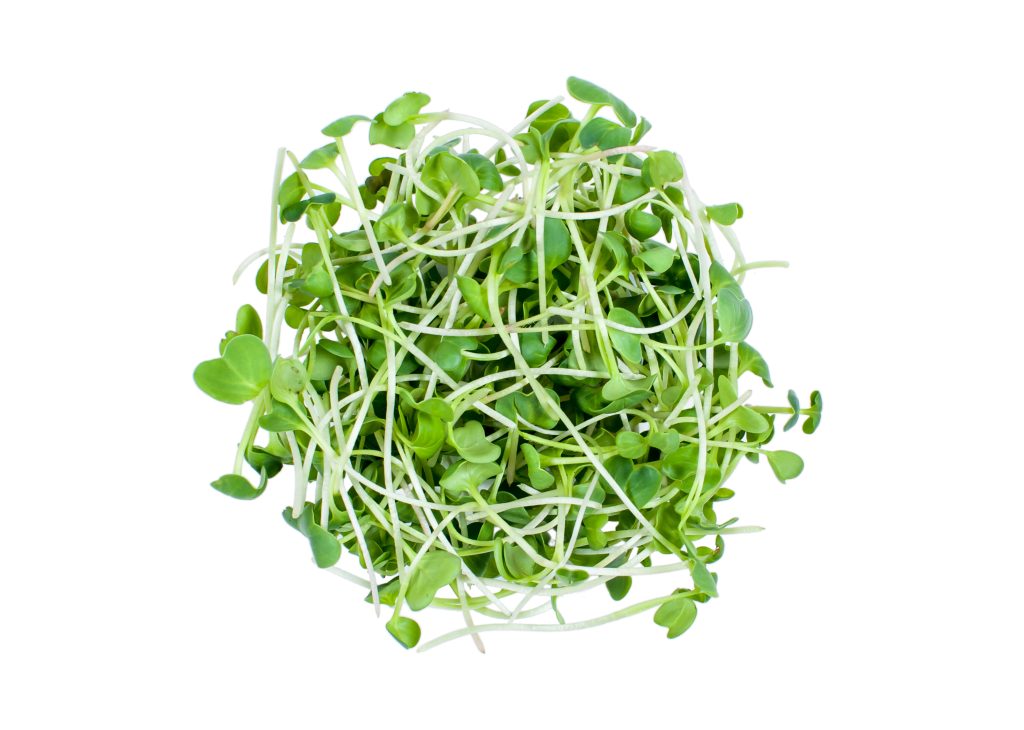
Radish microgreens are little bundles of spicy joy. With their crisp texture and peppery flavor, they’re a perfect addition to any dish that needs a little zing. And let’s not forget about their nutritional benefits: they’re rich in vitamin E, antioxidants, and essential amino acids.
These spicy sprouts have been shown to support digestion and purify the blood. It’s like having a tiny detox warrior in your meal. Plus, they add a beautiful red and green contrast to your plate that’ll make your Instagram followers green with envy.
I love adding radish microgreens to tacos and sandwiches for an instant flavor upgrade. They’re also fantastic in salads or as a garnish, providing a punchy kick that elevates the dish to new heights. Trust me, they’re a game-changer.
5. Sunflower Greens: A Powerhouse
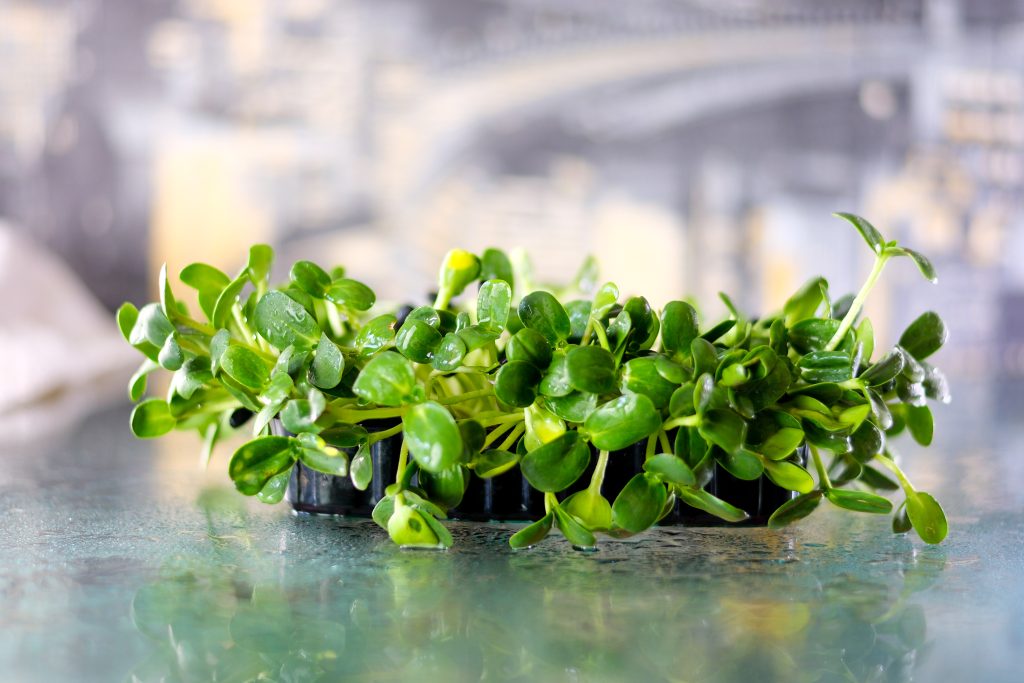
Sunflower greens, the young shoots of the sunflower plant, are a nutritional treasure trove. They’re packed with protein, essential fatty acids, and fiber, making them a fantastic choice for anyone looking to boost their nutrient intake. I’ve blended them into pesto for a nutty twist, and it was a hit at my last dinner party.
These microgreens are particularly beneficial for muscle health and immunity, thanks to their high magnesium and zinc content. It’s like having a little army of bodyguards protecting your cells. And with their pleasant, slightly nutty flavor, they’re a crowd-pleaser on the flavor front, too.
Sunflower greens can be enjoyed in a multitude of ways. Sprinkle them on top of your avocado toast, stir them into your morning smoothie, or use them as a base for a hearty salad. They’re as versatile as they are nutritious.
Defining Superfood Microgreens
Superfood microgreens are the cream of the crop, so to speak. They’re the ones brimming with vitamins, minerals, and antioxidants. When I talk about superfoods, I mean those microgreens that have an extra edge in promoting health and preventing disease.
These microgreens often contain higher levels of certain nutrients compared to their mature plant counterparts. For example, research has shown that some microgreens can have up to 40 times more vital nutrients than their fully-grown versions. That’s like comparing a pebble to a boulder in terms of nutrient density!
When we speak of superfood microgreens, we’re looking at varieties that have been scientifically proven to pack a hefty nutritional punch. They’re not just good for you; they’re great for you. And with a range of flavors from peppery to nutty, there’s a superfood microgreen for every palate.
Growing Superfood Microgreens at Home
Growing superfood microgreens at home is easier than you might think. You don’t need a green thumb, just a little bit of patience and some basic supplies. I started with a simple tray and some potting mix, and before I knew it, I had a mini garden right in my kitchen.
You’ll need a shallow tray, quality seeds, and a growing medium—either soil or a soilless mix. Ensure your microgreens get plenty of light and water them gently. It’s like nurturing a tiny forest in your own home, and the rewards are well worth the effort.
Remember to harvest your microgreens when they’re young and tender, typically when the first true leaves appear. Use clean scissors, and cut just above the soil line. Voilà! You’ve got yourself a batch of fresh, homegrown superfoods.
In the video, Ivans Gardening explains –
Ivans Gardening
- Introduction to Microgreens: Microgreens are fast-growing crops that can be grown indoors or outdoors, providing quick results in as little as nine days.
- Nutritional Benefits: Microgreens are considered superfoods as they contain 40 times more nutrition than fully-grown plants.
- Versatility in Seed Selection: Almost any vegetable seed, except for larger ones like cucumbers, peppers, and tomatoes, can be used to grow microgreens.
- No Need for Specialized Seeds: Microgreens can be grown using the same seeds as those used for fully-grown plants, eliminating the need for specialized microgreen seeds.
- Growing Indoors: Microgreens can be grown indoors without the need for a greenhouse, requiring only a sunny window or artificial light after the initial germination phase.
- Choosing Clean Trays: Clean trays are essential for growing microgreens, and different trays serve specific purposes, such as bottom watering, holding seedlings, and adding weight for straighter growth.
- Preparation and Cleaning: Trays need to be thoroughly cleaned with hot water, and compost or alternative mediums like paper towels can be used for planting.
- Overseeding Technique: Microgreens are grown through overseeding, where seeds are evenly spread on the tray, and they don’t need to be covered with soil.
- Germination and Blackout Stage: After germination, the tray is covered to create a blackout stage, promoting elongated, yellow seedlings. Later, exposure to light turns them green.
- Harvesting: Microgreens are ready for harvest when they reach a height of around five to six inches, providing a quick and nutritious addition to meals. The harvesting technique involves cutting the desired amount from the tray.
Culinary Uses for Microgreen Superfoods
The culinary uses for microgreen superfoods are endless. They can punch up the flavor and nutritional content of any meal. I’ve used them as a garnish for soups and it’s like adding a sprinkle of magic on top.
Get creative in the kitchen with these tiny marvels. Toss them into salads for a fresh crunch, blend them into smoothies for an extra nutrient kick, or use them as a base for a vibrant and healthful pesto. They’re not just a garnish; they’re an ingredient that can transform your dishes.
Experiment with different microgreens to find your favorite flavors and textures. Whether it’s the spicy hit of radish microgreens or the subtle sweetness of pea tendrils, these superfoods can elevate your cooking from good to gourmet.
Final Thoughts on Microgreen Nutrition
Superfood microgreens are a simple way to supercharge your diet with nutrients. They’re small but mighty and can make a big impact on your health and your taste buds. Remember, good things come in small packages, and these greens are proof of that.
Embracing microgreens in your diet is not only a smart nutritional choice but also a delightful culinary adventure. They’re a testament to the fact that the best flavors often come from the most unexpected places. So why not give these micro marvels a try? Your body (and your palate) will thank you.
Microgreens are the tiny titans of the plant world, offering a delicious and nutritious boost to any meal. Start sprinkling these superfood microgreens into your diet and watch as they work their small wonders on your health and your culinary creations.

